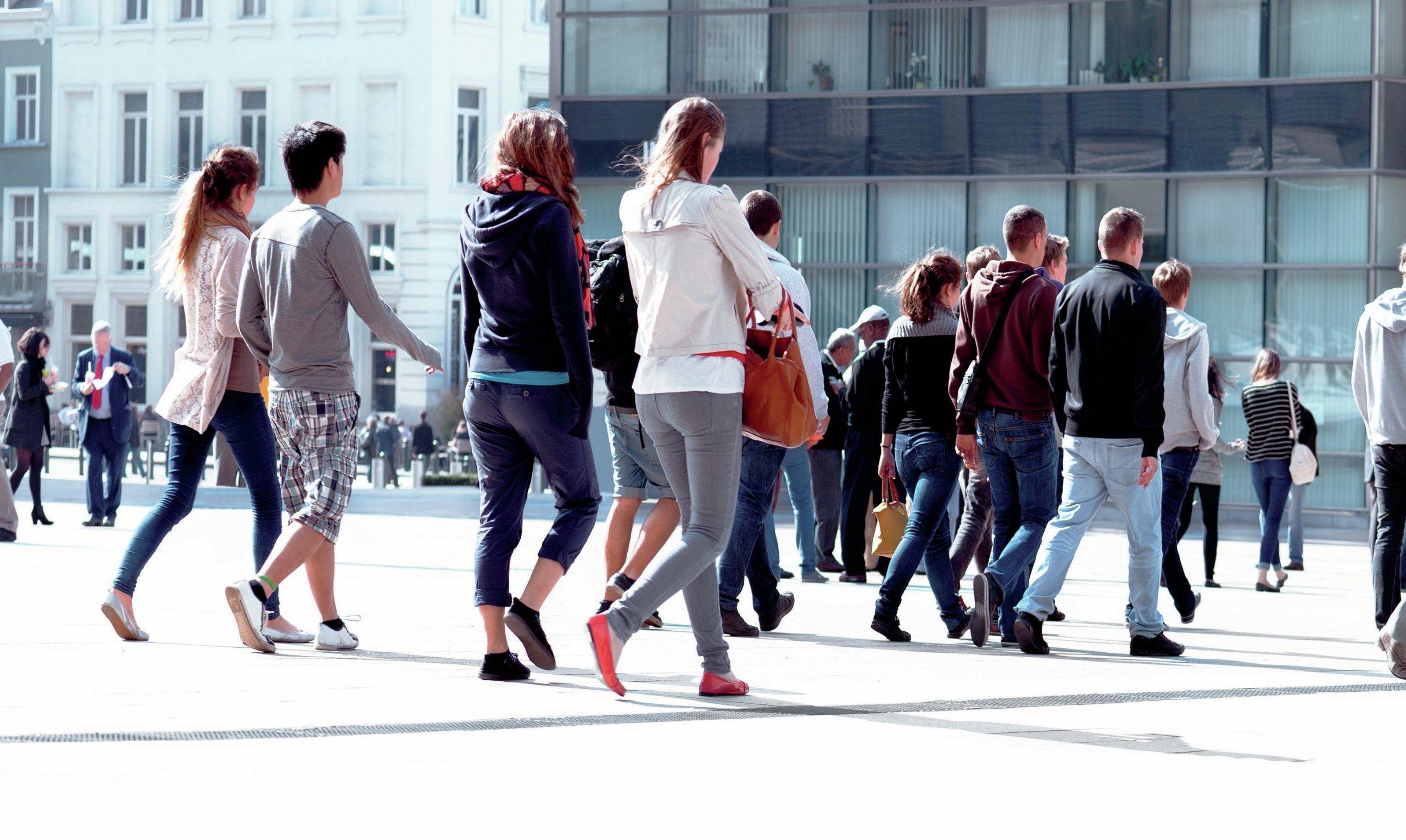
Understanding movement is an essential aspect of biology but it takes a multidisciplinary approach to appreciate how living organisms locomote and interact with their environment.
Biomechanics is the study of movement in living organisms. Within this field, there is a large area of study devoted to human walking, but is there really much to understand about walking? For most, walking is simply putting one foot in front of the other, but there are more factors to consider than you might first recognise. Imagine trying to explain walking to someone who doesn’t know how to walk. How big a step should they take? What angle should their legs be at? How quickly should they swing their legs? Which muscles should they use at each stage? This may seem like an unlikely scenario but following severe injuries and strokes, people learn to walk again every day.
Your organisation does not have access to this article.
Sign up today to give your students the edge they need to achieve their best grades with subject expertise
Subscribe




